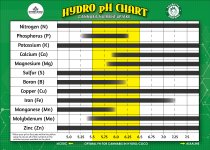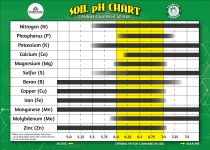It’s D75 of flowering. They have been for a while under 11/13.
#1



One of the longer flowering siblings, ample inflorescence development from top to bot. Had to prune the main cola mid flowering, bummer.
#1
One of the longer flowering siblings, ample inflorescence development from top to bot. Had to prune the main cola mid flowering, bummer.
Last edited:





